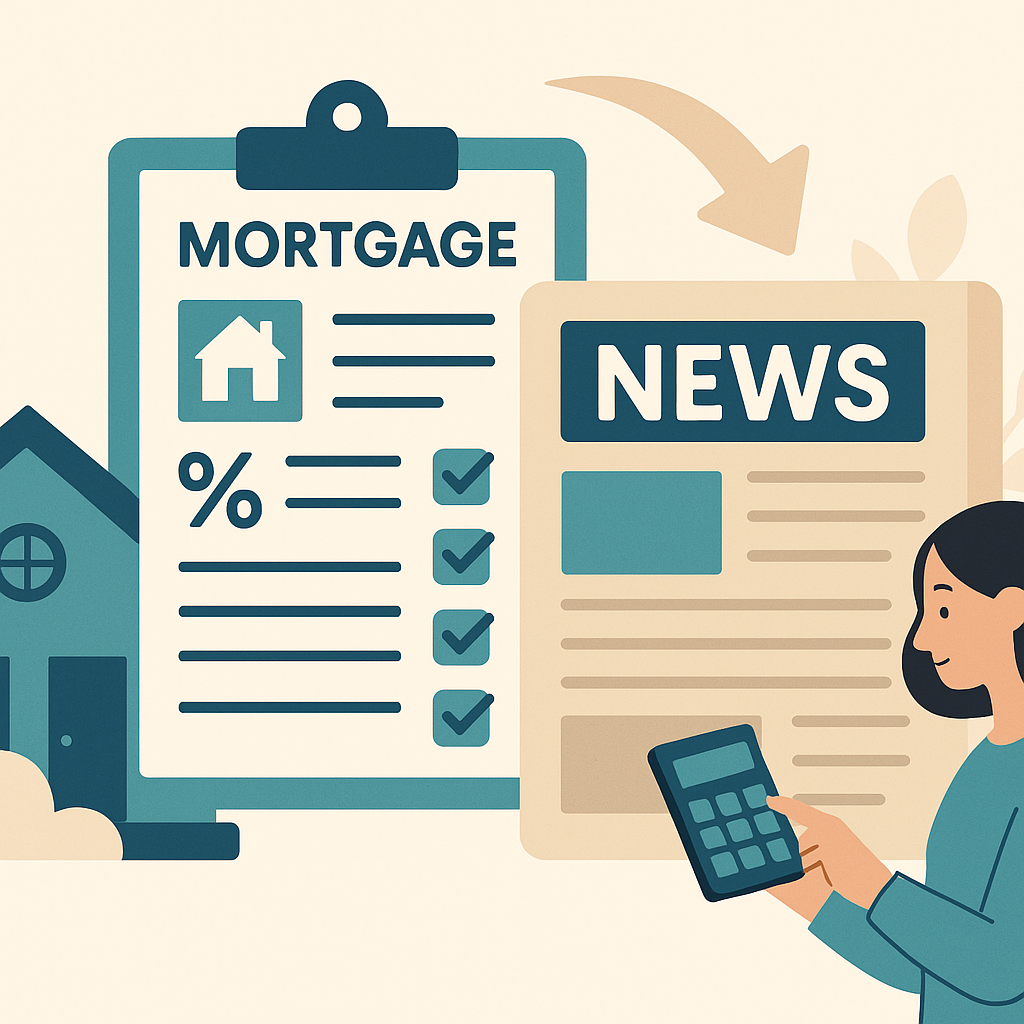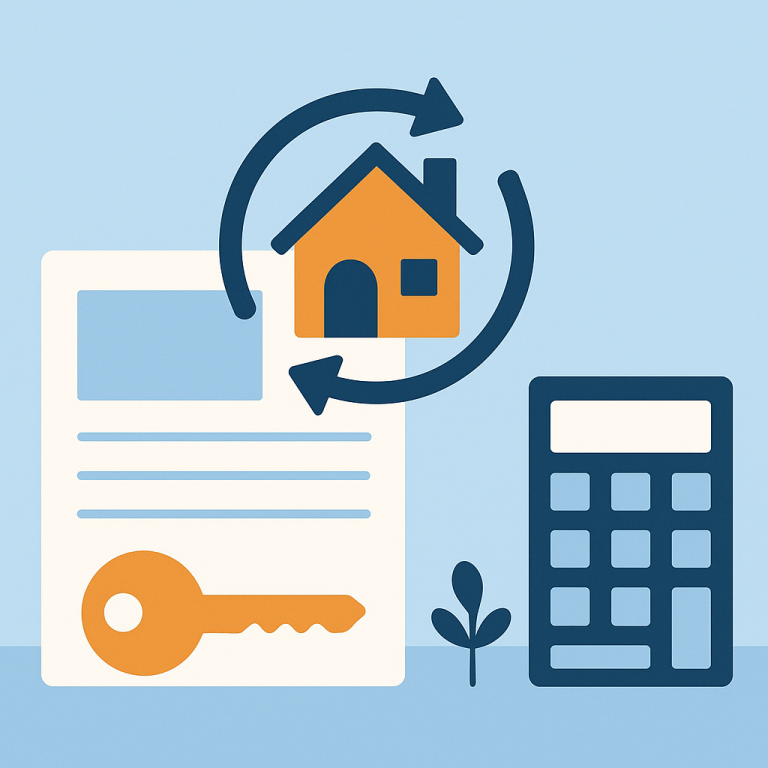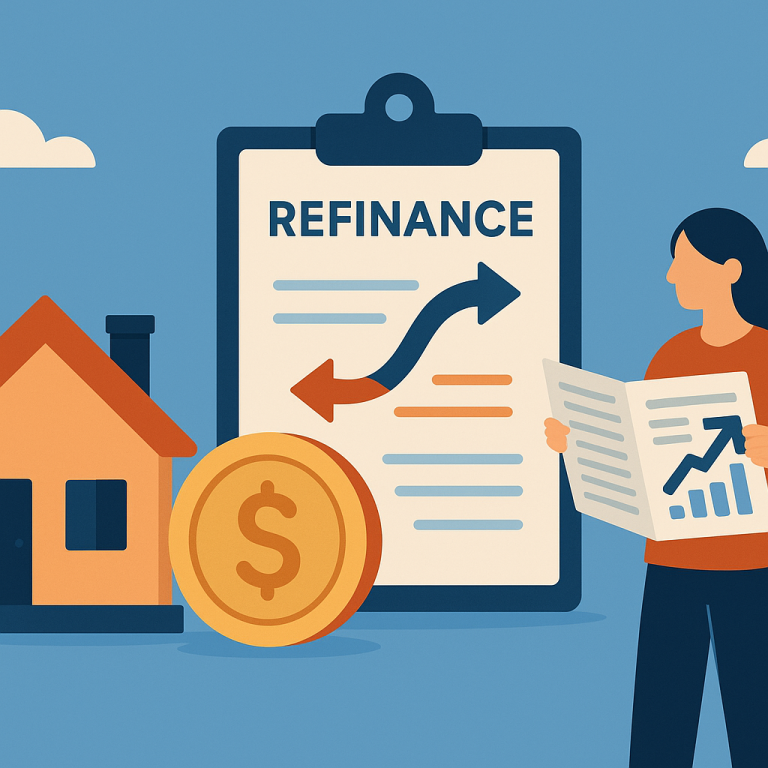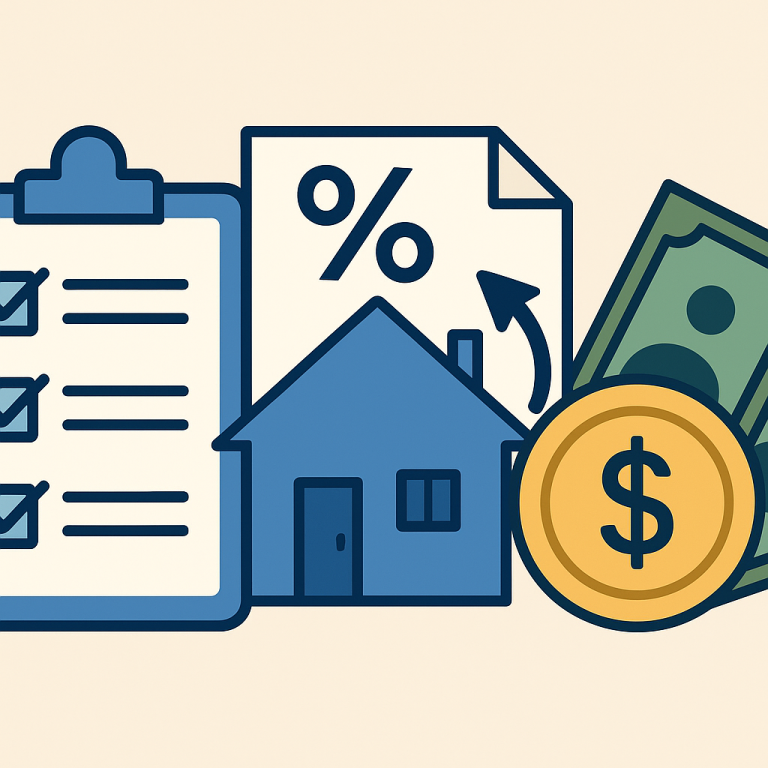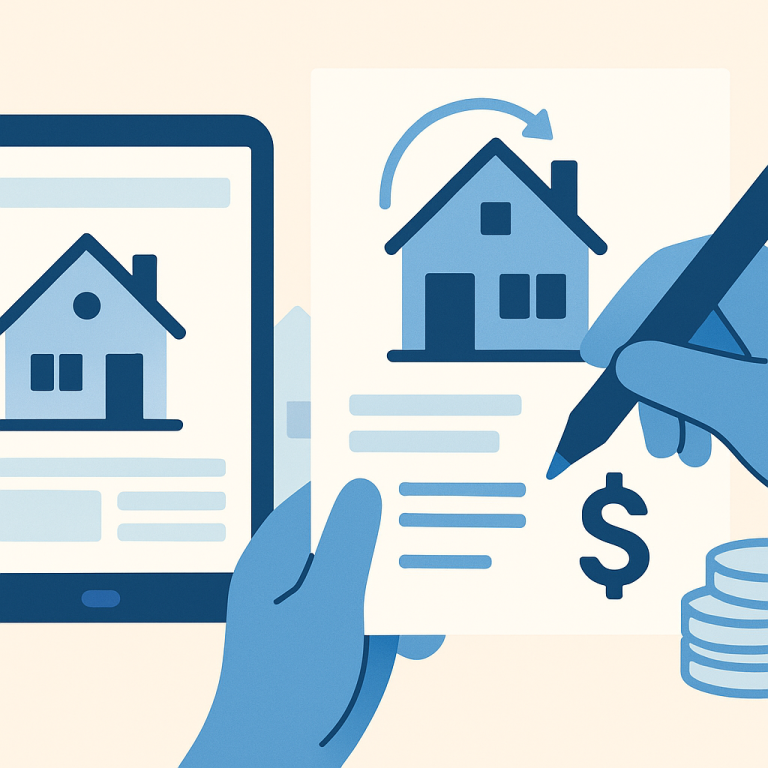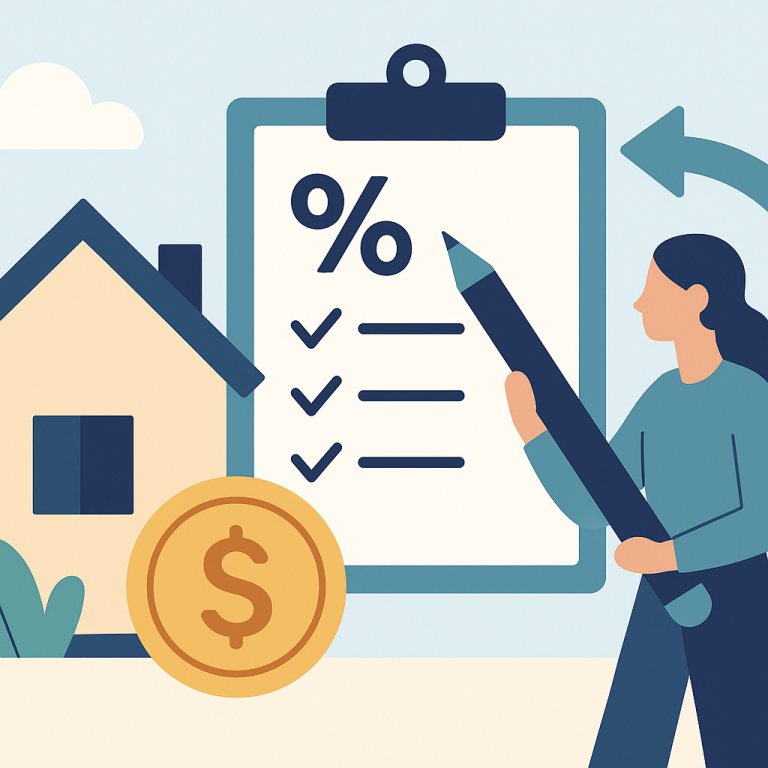Major Lenders Cut Refinance Origination Fees By 50 Basis Points To Spur Demand
At a glance: Lower refinance fees and closing costs and how it could affect refinancing decisions.
Lenders have cut refinance origination fees, reducing closing costs and shortening breakeven timelines for many borrowers.
What Lower Refinance Fees Mean for Borrowers
Homeowners considering refinancing face a choice between lowering monthly payments and reducing the life of the loan. One clear strategy gaining attention is refinancing to a shorter mortgage term. This approach increases monthly payments but accelerates principal repayment and reduces total interest paid over the life of the loan. It can be a practical move for borrowers with rising confidence in their income and sufficient home equity.
Refinancing to a shorter term is distinct from rate-and-term refinances aimed solely at securing a lower interest rate. The principal trade-off is higher monthly cost for faster debt elimination. For many households, the decision comes down to comparing long-term interest savings with the capacity to absorb the higher payment without compromising other financial priorities.
Key Factors Homeowners Should Evaluate
- Monthly cash flow impact: Assess whether the new payment fits comfortably within your budget. A tighter budget may force cutbacks elsewhere or increase financial risk during income disruptions.
- Interest savings over time: Shorter terms typically produce meaningful interest savings because more of each payment goes to principal early in the schedule. Consider the total interest difference across the remaining life of your mortgage.
- Closing costs and fees: Refinancing involves upfront costs. Compare those costs to projected interest savings and calculate how long it will take to recoup the expense.
- Equity and loan-to-value: Lenders look for adequate equity when approving term-shortening refinances. Make sure your property value and outstanding balance align with lender requirements.
- Credit profile and documentation: A stronger credit profile and stable income improve eligibility and pricing. Get prequalification estimates before committing to an application.
When a Shorter Term Is Most Advantageous
A shorter-term refinance typically makes sense when homeowners expect to stay in the home long enough to realize the bulk of the interest savings and when they can manage higher monthly payments without straining emergency savings. It is also attractive for borrowers aiming to pay off their mortgage before retirement, reduce overall interest cost, or eliminate long-term mortgage debt faster.
Conversely, if cash flow is tight or the plan involves selling the home in the near term, the upfront costs and higher payments may outweigh the benefits. Homeowners with limited equity or who need funds for urgent expenses might prefer other refinancing options or targeted cash-out solutions.
Practical Steps to Decide
- Run side-by-side scenarios: Compare current loan remaining term and balance with proposed refinance terms. Focus on total interest paid and monthly payment changes.
- Calculate the break-even period: Determine how many months it will take for monthly savings (if any) or interest reduction to offset closing costs.
- Shop multiple lenders: Rate and fee differences can materially affect the outcome. Obtain written estimates to compare overall cost.
- Preserve liquidity: Ensure you maintain an emergency fund after refinancing to avoid financial strain from increased payments.
- Consult a professional: A mortgage advisor or financial planner can help align refinancing decisions with broader financial goals.
Refinancing to a shorter mortgage term is a strategic move that accelerates wealth building through reduced interest costs, but it requires disciplined budgeting and a clear timeline for staying in the home. Homeowners who carefully weigh the trade-offs and follow practical evaluation steps can make an informed choice aligned with their long-term objectives.
META: refinance shorten-term takeaways mortgage homeowners budgeting evaluation

